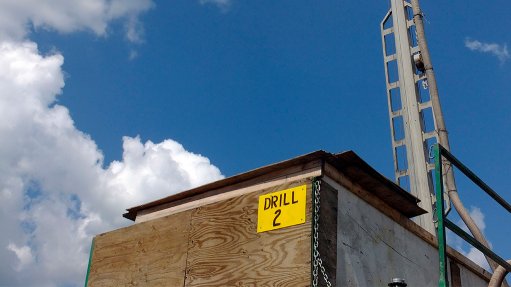
JOHANNESBURG (miningweekly.com) – TSX-listed explorer Fission Uranium has intersected the widest mineralisation and some of the strongest radioactivity to date at its Patterson Lake South property in Canada’s Athabasca basin, following the results of an additional two holes drilled to test the recently discovered, land-based R1515W zone – 1.5km west of the Triple R deposit.
Hole PLS17-564 (line 1545W) intersected 135.5 m total composite mineralisation, including 8.25 m total composite.
Moreover, the company reported that the nature of the R1515W zone’s mineralisation, which includes multiple stacked lenses and wide lateral widths, is showing increasing similarities to zone R780E – the primary zone of the Triple R deposit.
The Triple R deposit hosts mineral resources of 81.1-million pounds at 1.83% uranium oxide (U3O8) (indicated) in 2.01-million tonnes and 27.2-million pounds at 1.57% U3O8 (inferred) in 0.79-million tonnes at a cutoff grade of 0.2% U3O8 within the pit boundary and at an incremental underground cutoff grade of 0.25% U3O8.
"We are very excited by the results of these drill holes – not only because of the width and strength of the mineralisation but [also because] of the confirmation that the land-based R1515W zone has notable mineralization similarities to the Triple R deposit's R780E zone 1.5km to the east,” commented Fission president, COO and chief geologist Ross McElroy.
“These similarities, including multiple stacked lenses, are reason why the widths we've encountered in these last two holes are so impressive. These features have the potential to rapidly grow mineral resources – as was the case with the R780E zone delineation. The R1515W is still at an early stage and these drill results are highly promising," concluded McElroy.